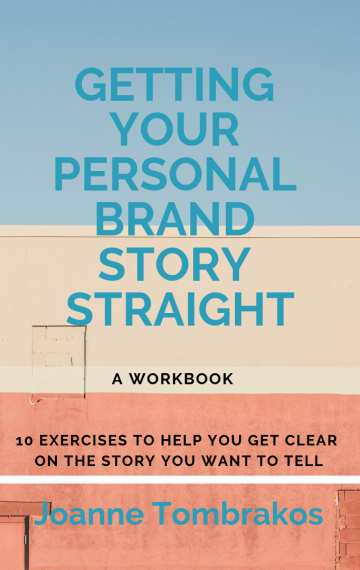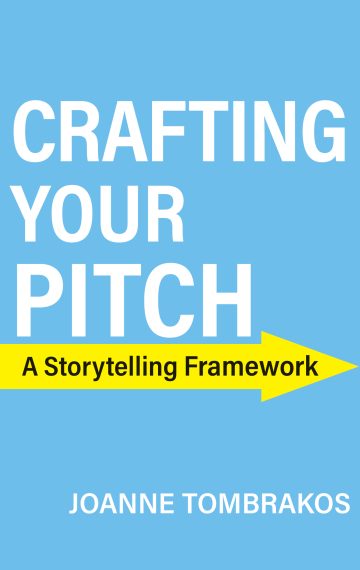Through my teen years I was model thin, standing at 5 feet 8 1/2 inches and hovering between 117 and 120 pounds. What I ate and how much I ate was of no concern to me. Then came college and the freshman fifteen, which lingered with me past graduation. My twenties were no better. I wasn’t happy and I wasn’t dealing with it. So I ate some more and gained some more.
I tried all sorts of diets. There was The Cambridge Diet, one of those crazy replacement meal diets, that did not allow much for solid food. There was the Atkins diet. There was the one my roommate and I invented that involved popcorn for dinner and a steady supply of pickles in the refrigerator. To this day, I cringe when I see a pickle. And then there was the time I got pneumonia. While not a diet, I did lose weight, but like my diet attempts, a temporary fix and nothing I would ever recommend.
Two things did work. One was getting my life on the right track and being happy. The other was Weight Watchers.
It wasn’t as fancy in the eighties as it is now. There wasn’t the point system, apps to help you along, or websites to check in on from anywhere in the world. And Oprah was not an investor. But it taught me how to eat. It was real. It was sensible. It wasn’t a quick fix. It taught me the power of discipline when you want to change a habit. And that dieting did not mean denial. I could still eat – I just needed to be conscious of my choices and portion size and limit those things I loved – like ice cream and french fries.
Weight Watchers worked for me because it was disciplined yet flexible. And if I cheated all I needed to do was go back to discipline the next day. The key was to stay conscious about my actions.
Fast forward to 2016 and staying disciplined with my food intake comes naturally. The bigger challenge these days is around my digital consumption.
That might surprise you. As someone who earns their living by helping people use social media and content marketing to build their own brands and business, you would think I’d have it all figured out. I sorta do, but that doesn’t mean it comes easily or without great challenge.
I am far from alone here. Facebook alone gets fifty minutes of our time each day. Globally social media is getting 106.2 minutes each day. That does not include the estimated 6.3 hours per day the average US worker spends checking email or even start to look at how much time is spent on messaging apps.
That’s a lot of time that without direction and discipline can amount to wasted time.
I’ve tried digital detoxes. They work for about a day. But there are two big things wrong with it. The first is that it is next to impossible to do business anymore without some digital presence which requires you to engage online. The second is that they are akin to juice diets. You are left feeling deprived. And once you start reintroducing real food the tendency is to overdo and not only regain the weight but add a few for extra measure.
What is needed is discipline with flexibility and consciousness – like the Weight Watchers approach to eating – a point system that includes best practices.
Here’s my idea!
Best Practices For Digital Consumption
√ Be strategic with technology- especially social media. Ask yourself why you are there. If you don’t know, leave.
√ Use a timer. I like analog kitchen timers but there are digital options.
√ Limit yourself to no more than twenty minutes at a time on social media.
√ Determine how many times a day are necessary for your goals. If you’re using it to network, find a new job or build your business you may legitimately need more time each day than someone using it like a water cooler break.
√ Consider a day of complete rest from social media. It’s hard to never text or email, especially when you need to be connected to your family and significant others. But social media deserves a rest. I like Saturdays. By Sunday night people are thinking work week again.
√ Create more than you consume online. At the end of the day ask yourself what you have to show for your digital time. If the answer is nothing, you have consumed too much.
My Basic Maintenance Program based on 9 points a day
√ Each 20 minute block of time spent on line = 1 point
√ Walking and texting = 1 point
√ Walking and talking on the phone = 1 point
√ Checking your smartphone while using the TV or computer = 1 point
√ Looking at your phone when dining with another human being = 1 point
√ Checking email/social media from bed in the morning or at night = 2 points
Bonus Points For Non-digital Behavior
√ Meditating = 1 free point
√ Tapping = 1 free point
√ Sitting in nature for twenty minutes or more = 1 free point
√ Talking to a stranger = 1 free point
√ Cell phone free dinner = 1 free point
√ Calling someone on the phone instead of texting or emailing = 1 point
Please note: there is nothing scientific about my suggestions here, nor are there any guarantees my points system for digital consumption will work as well as Weight Watcher’s does for eating. But it’s a start and I will tell you this. If I had wasted my time scrolling through my social media feeds, I would not have created anything today – including this blog!
PS. Comments and suggestions to the point system are welcome and appreciated!




Great content, informative and well written. Learn a lot today.